There was an ad on TV recently where a
good-looking handyman is in a woman’s home doing some work. She is obviously flirting with him and won’t leave him alone and at the end of the ad the handyman says to the camera “you don’t want me hanging around your house when you’re not there do you?” It reminded me of some of my earlier experiences as a tradie.
I started my working life as an electrician’s apprentice. I spent four years climbing up and down ladders and crawling around doing all the mucky jobs that the tradesman got me to do, and didn’t really have much to do with the clients.
While grafting on building sites, every so often I would hear stories about so-called “desperate housewife” customers who supposedly would throw themselves at some tradies, getting up to all sorts of mischief. However, as a young apprentice I never experienced such a thing firsthand, simply finding customers to be either nice or not and that was about it.
After I had completed my apprenticeship I started working self-employed as a general “handyman” with a mate. We went around together doing odd jobs at peoples’, homes including gardening, electrics, air-conditioning, hanging doors, and fixing fly screens.
In this job I started to deal with clients more closely. With this kind of work ? between the hours of 7am and 6pm in peoples’ homes ? the people you tend to deal with the most are women, generally mums who have sent their kids off to school, or stay-at-home wives.
Leaving my teenage apprentice days behind me I had now grown into the body of a man and due to the hard physical work I was doing, had gotten myself into pretty decent shape.
The first time I realised that some of our clients might be taking a bit of interest in me was on a hot summer’s day when I was doing some gardening. I was using a heavy petrol hedge trimmer and had taken my T-shirt off to work on my tan when my workmate told me that he had seen the client, a lady in her late thirties, watching me from the top window. And he said she wasn’t checking up on the hedges…
…I began to start noticing this sort of behaviour more and more, and was by now becoming worldly enough to work out when someone was flirting with me. It became quite amusing for me and my work partner to see how many drinks, cakes, biscuits or cold beers we got offered by certain ladies who didn’t ever seem particularly keen for us to hurry up and get the job finished.
After a couple of years working with my friend he decided to completely change career and go to uni, and I decided to carry on the business alone and see how it went.
How things changed when I started working solo! I had several women flirt ridiculously with me. On one occasion a customer answered her door in a bath towel (I couldn’t see a reason why she hadn’t got dressed) and then, while discussing the job with her, she brazenly undid the towel in front of me and rearranged it leaving nothing to the imagination. The smile she gave me meant she knew exactly what she was doing. I, for my part just looked away, stunned, and managed to mumble something about getting on with the job.
Then one day, after having avoided or got away from a few similar encounters, I finally let my guard down. I was installing a ducted air-conditioning unit into a large posh house, a job which I would probably finish in two days but gave myself an extra day cushion, just in case.
When I arrived I met the client who was a very attractive brunette lady, I guessed somewhere in her mid-thirties. She was really helpful and incredibly friendly. She started to flirt a bit and hung around chatting to me while I started work.
She jokingly said comments such as “I bet all the ladies love it when you show up” and said because of the heat she didn’t mind if I wanted to take my shirt off, which she gave a bit of a cheeky smile about. Pushing my luck, I jokingly replied “only if you do too”. We spent the rest of day being very chatty and friendly and when I left at 4pm she said how she was looking forward to seeing me again the next day and watched me drive away.
The next day when I arrived she was wearing a skimpy outfit of jean shorts and a revealing, low cut T-shirt. She smiled when I arrived but didn’t really say much. I kept trying to offer small talk but she just pretty much stood around and watched me work for rather a long time…
…I started to feel a bit uncomfortable with her one word answers and the fact she just kept watching what I was doing, so uncomfortable that I started to be incapable of doing anything properly. I became really clumsy and kept dropping things, fumbling around and obviously distracted.
She then spoke and asked if I was uncomfortable with her watching me. I mumbled something along the lines of “no, you’re fine, it’s okay”. She then asked if that meant I enjoyed her watching me. I became very uncomfortable and really didn’t know what to say. She seemed to be gaining pleasure from the fact that I was obviously intimidated.
She walked right up to me with a sort of smirk on her face and then kissed me, pushed me against the wall and the next thing I knew we were tearing at each other’s clothes and soon on the floor.
Afterwards, she just got up and said “now, I think you’ve got some work to do”. She became very aloof and stand-offish with me so I did some more work then left for the day.
The next day when I arrived she didn’t seem to pay me much attention, acting totally normal as if nothing had ever happened. Then around lunchtime the same events as the day before unfolded, although this time it was a lot longer lasting and she seemed much more “normal” afterwards and not so stand-offish.
By now it was Friday and I hadn’t finished the job yet because the constant distractions had got me behind, so she said I better come back the next day to finish off.
So on Saturday I arrived early, looking forward to seeing my temptress again and a little disappointed I would be finishing the job and would probably not see her again after that…
…But when I arrived a man opened the door. This, I discovered, was her husband. He was immediately super-friendly ? thanking me for coming to finish on the weekend and thanking me for the work I had done already. He straight away offered me a drink and some food which I felt too guilty to accept.
She then came to see me, smiling her hello and telling her husband what a hard worker I was and how lucky they were to get someone decent to do the installation. When he was out of the room she was flirting with me again and even when he was in the room she continued, seeming to gain pleasure and amusement in the situation without one hint of shame.
The husband even made some lunch for me, insisting I sit with them and eat. The whole time she just smirked at me and made inappropriate innuendos and comments.
Finally I finished the job and tried to race out of the house as fast as I could. The husband again was really nice and grateful for the job and asked me back to do a twice-yearly routine maintenance on the system, which she was also very insistent upon. I eventually agreed because it seemed the easiest option to get me out the house fastest.
I have never felt so guilty in my life after this. I felt terrible, hating myself and still to this day I feel anger towards that woman when I remember how she treated her husband.
I cancelled the maintenance schedule by mail and have never seen either of them since. I now always work with someone else if I can and I stay very professional and talk only about business issues with clients who I’m even slightly wary of.
I do wonder how many other tradies aren’t as honourable as me and take advantage of Australia’s “desperate housewives”.
Picture posed by models.
Your say: Have your say about this true confession below…
Newsletter conversion description. Get the latest in your inbox.













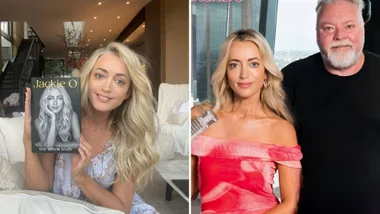


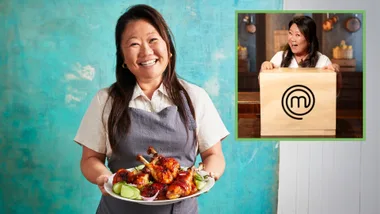
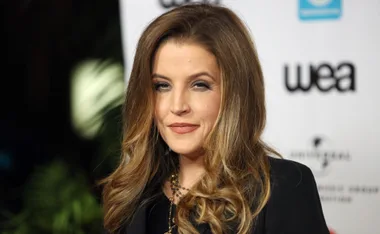

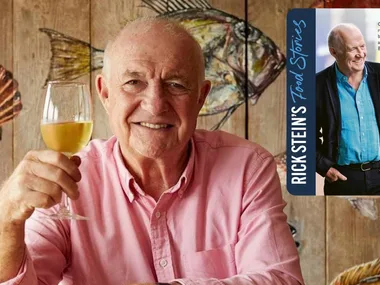



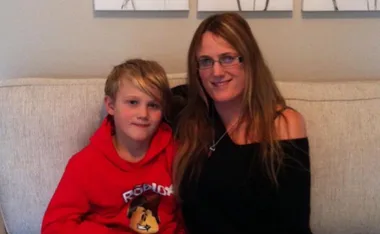





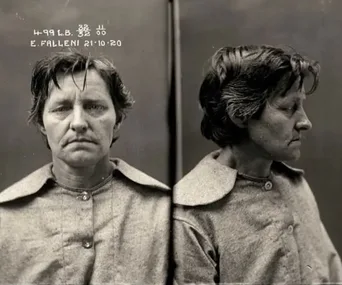
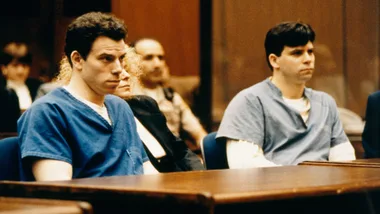
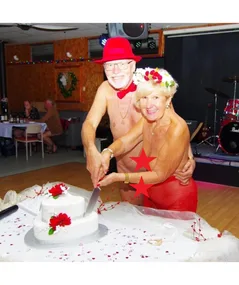




.png?resize=380%2C285)
.jpg?resize=380%2C285)



.png?resize=380%2C285)






